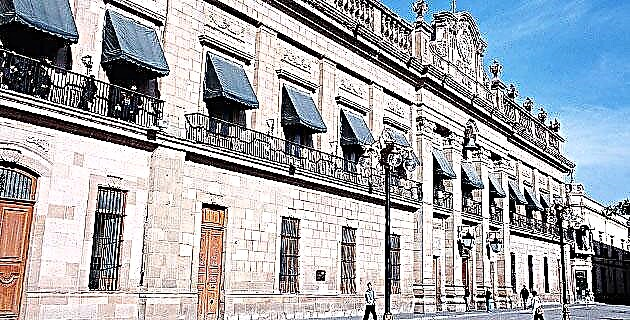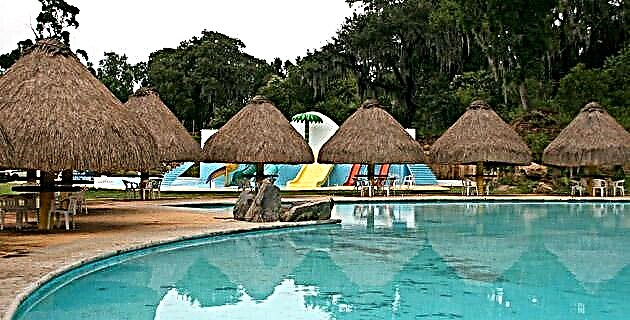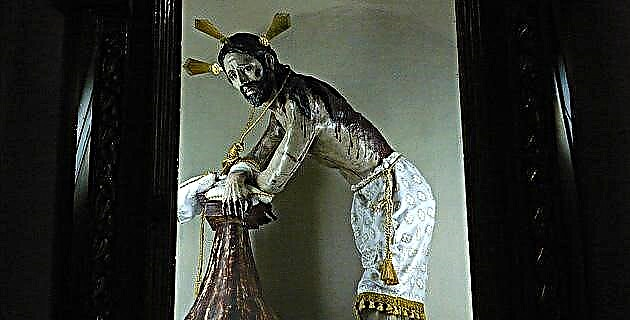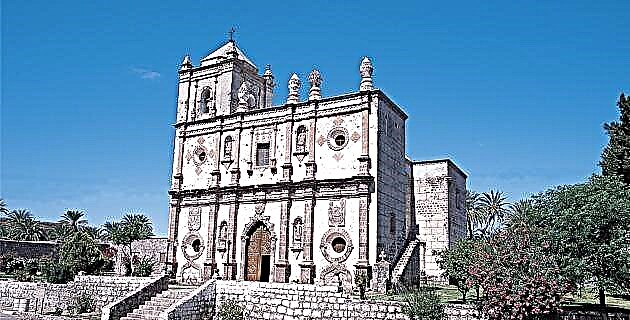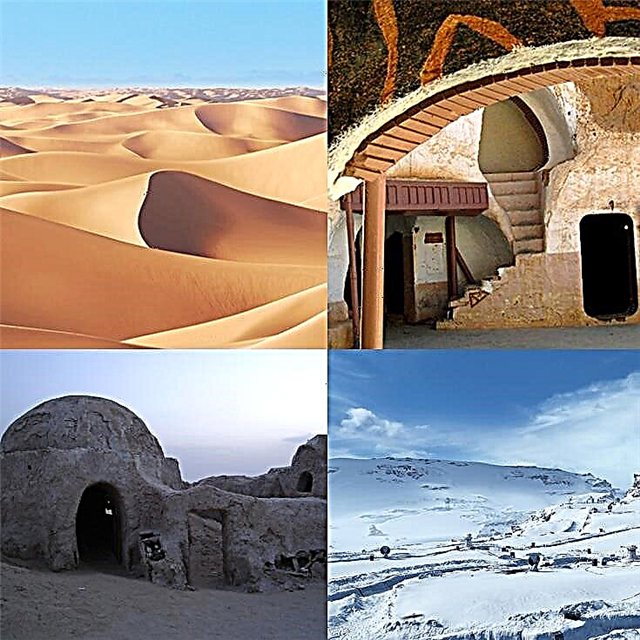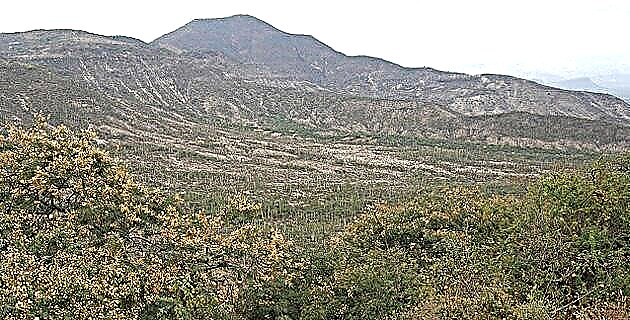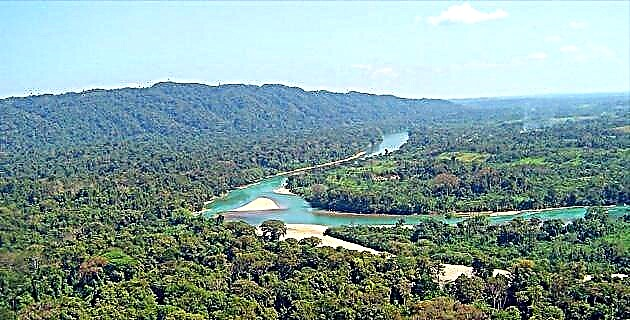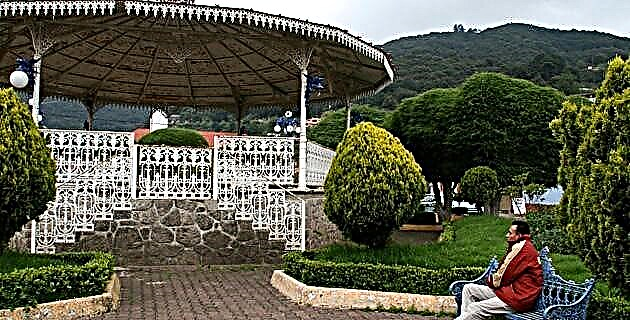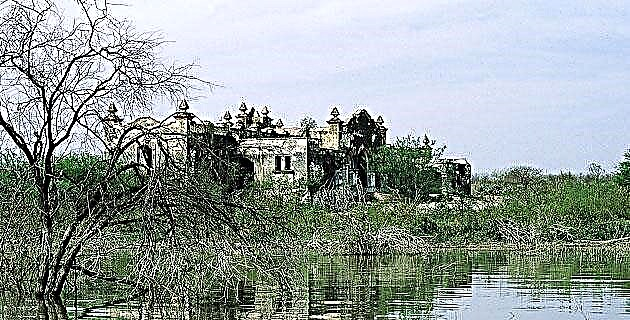
The character of a town, the anecdotes of its streets, its houses and its inhabitants have left, never to return. However, several kilometers away, Nuevo Padilla was born, although under the stigma of a dark memory.
“When Iturbide was shot, Padilla died with him. Fate was written as a curse that was fulfilled, ”says Don Eulalio, an old man who remembers his hometown with great nostalgia. “People lived happily, but the ghost of a murder never let them rest. And then they moved us to Nuevo Padilla. Yes, new houses, schools, beautiful streets, and even a short-lived church, but many people did not get used to it and rather preferred to go elsewhere; just the oldest of us stayed in the new town, then there was no point in going elsewhere. But life is no longer the same. Our town is over… ”, he concludes with a tone of resignation.
Where Padilla was has been, since 1971, the Vicente Guerrero dam, a vacation and recreational fishing spot. On one side you can see the few ruins of what used to be the center of Padilla: the church, the school, the plaza, a few walls and the broken bridge that led to the Dolores ranch. On the other is the Villa Náutica - a private club - and the modern facilities of the Tolchic Recreation Center, built by the government in 1985 as a paltry payment for a priceless debt. However, recently something has happened: the Nautical Village is abandoned, except for the sporadic presence of a member who comes in order not to lose his property. The Tolchic center is closed, the gate and padlocks look rusty and one cannot imagine the dust of oblivion that covers its interior.
This is a symptom of how life in the old Padilla is declining more and more. Perhaps the last milestone in reviving a people that died were these social centers; but the future looks bleak, since reestablishing activity, movement, is an almost impossible task.
More impressive than those modern buildings on the way to ruin is walking through what we imagine were the streets, now covered with brush. Entering the church, which was dedicated to Saint Anthony of Padua, and the school or standing in the center of the square gives an indescribable feeling; as if something struggles to get out, but does not find the way to do it. It is as if the spirit of the people is looking for a point of reference that no longer exists. Inside the temple no memory or epitaph of the tomb of Augustine I is observed; it is to be thought that it was transferred elsewhere. Outside the school there is a recent commemorative plaque (July 7, 1999), when the 175th anniversary of the creation of the state of Tamaulipas was celebrated. At that time, and prior to the presence of the governor, the entire area was cleaned and the bricks and ashlars of the dilapidated walls and ceilings were taken to places far from the eyes of any visitor.
Entering into questions, we would like to know: where was the kiosk where the band used to cheer up the crowd? Where were the bells, which ringing in every corner of the city on time called for mass? And where did those days go, when children running and screaming happily left school? You no longer see the market or the daily bustle of the dealers. The lines of the streets have been erased and we cannot imagine where the carriages and horses traveled first, and the few cars later. And the houses, where were all of them? And from the square, looking south at the piles of rubble, the question arises as to where the palace was located and what it would have been like; surely the same palace where the last order to shoot the emperor was issued. We also wonder where the monument erected in the precise place where Iturbide fell dead, which, according to the chronicles, still stood before the flood of the seventies.
Nothing remained, not even the cemetery. Now the grass is so high that it has become impossible to walk in some parts. Everything is silence, except the running of the wind that when moving the branches makes them creak. When the sky is cloudy, the scenery becomes even bleaker.
The school, like the church, shows on its walls the traces of the level reached by the water when the dam had its best days. But the few rains in these years have only left a wasteland. In the distance is what was the bridge, now destroyed, and the lake mirror around it. After a long silence someone passes by in his boat and our musings are interrupted. Along the bridge we also ran into a group of friends enjoying some good grilled fish. Then we look at the landscape again and everything seems to remain the same, static, but it feels different. It is as if from one moment to another we change realities: first the gloomy, the palpable, then recreating episodes that, although we do not live, we feel that they happened and, finally, being in the present, next to the waters of a dam, among the scrub, as fishermen or adventurers alien to the history of those parts.
This is Padilla, the city that ceased to be, the city that was sacrificed for progress. As we walk back, the old man's words accompany us: “When Iturbide was shot, Padilla died with him. The curse was fulfilled… ”Without a doubt, he is right.
A CHAPTER IN HISTORY
Padilla, a town that like a shooting star in the limpid soil of Tamaulipas, has its sunrise and sunset after fulfilling its historic mission, turns its tomb into a gigantic door that opens to the sign of progress
These are not prophetic words; rather, it is a quote by way of verse that does not seem to have any meaning for those who do not know the history of Padilla, or for those who have never set foot on the barren land of a once glorious people.
It is the year 1824, July 19. The residents of Padilla, the capital city of the now state of Tamaulipas, are preparing to give the last welcome to Agustín de Iturbide, former president and emperor of Mexico, on his return from exile. The entourage has arrived from Soto la Marina. The famous character, who consummated the Independence of Mexico and was ultimately taken as a traitor to the homeland, is taken to the headquarters of the Nuevo Santander flying company, where he offers his last speech. "Hey guys ... I'll give the world the last look," he says firmly. And while kissing a Christ, he falls lifeless amid the smell of gunpowder. It's 6 pm. Without a sumptuous funeral, the general is buried in the old roofless church. Thus concludes another chapter in the rugged imperial history of Mexico. A new chapter in Padilla's story opens.
LEGEND OF THE SERPENT
One cool night we were sitting in the garden of Don Evaristo's ranch talking about Quetzalcóatl, "the feathered serpent." After a long silence, Don Evaristo said that once he went to the Vicente Guerrero dam, in the old Padilla, a fisherman told him that on one occasion he was with some companions in his boat, and to catch large fish they went to the center of the dam. That was what they were doing when one of their companions exclaimed: “Look there! There is a rattlesnake in the water! "
Obviously it was a very strange event because everyone knows that rattlesnakes are terrestrial. However, after the fishermen turned off the engine to observe this phenomenon, without further ado the snake stood up in the water until it was completely vertical on its tail! After a while, the viper doubled over and dived out of sight of the fishermen.
When they returned home they told half the world what they had seen, but they all thought it was just another story about fishermen. However, an elderly fisherman confessed that he too had seen the same viper shortly after the dam was flooded; and that the description was exactly the same: a rattlesnake that stands on its tail in the middle of the prey ...


